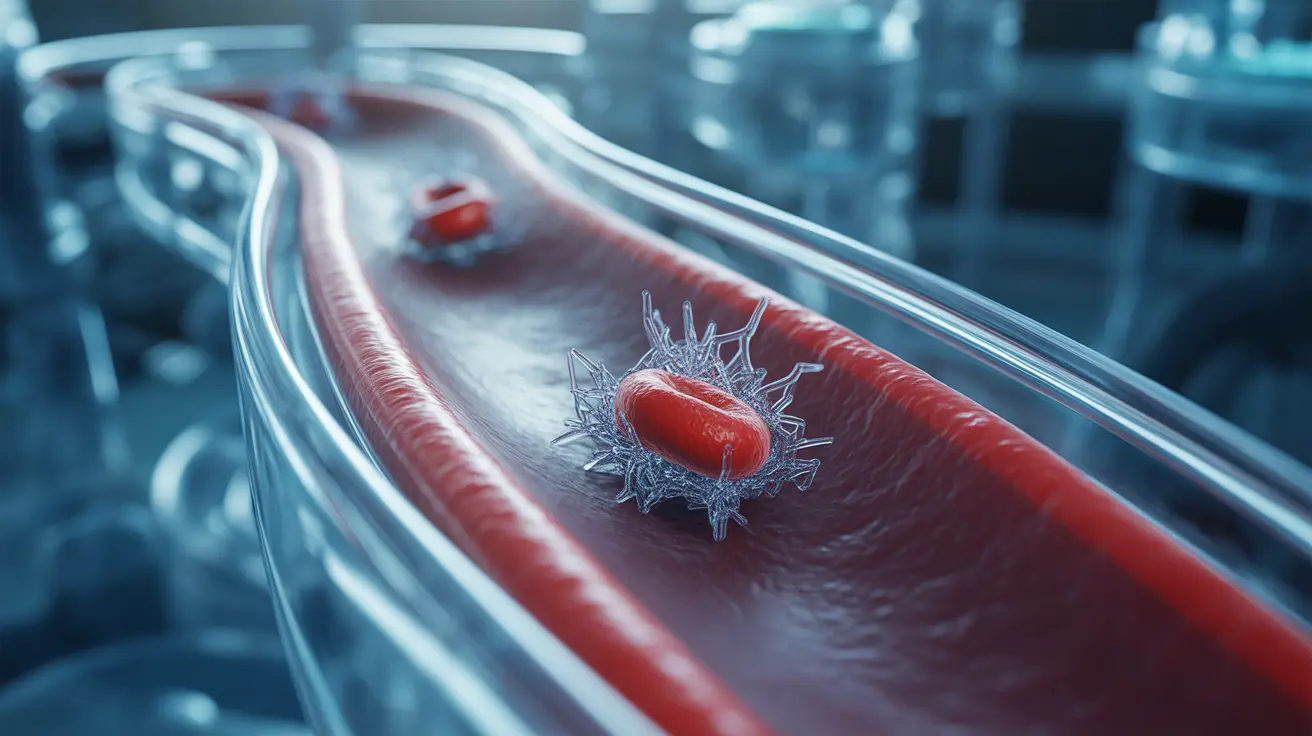Lithium toxicity is a serious medical condition that can occur in patients taking lithium-based medications, most commonly prescribed for bipolar disorder. Understanding the signs, symptoms, and management of lithium toxicity is crucial for both healthcare providers and patients to ensure safe and effective treatment with this medication.
While lithium remains a valuable treatment option for mood disorders, its narrow therapeutic window requires careful monitoring and awareness of potential complications. This comprehensive guide explores the essential aspects of lithium toxicity, including recognition, diagnosis, treatment, and prevention strategies.
Signs and Symptoms of Lithium Toxicity
Lithium toxicity presents with varying degrees of severity, and symptoms typically progress as lithium levels in the blood increase. Recognition of early warning signs is crucial for preventing severe complications.
Mild to Moderate Symptoms
Early indicators of lithium toxicity often include:
- Drowsiness and fatigue
- Mild tremors
- Muscle weakness
- Nausea and diarrhea
- Mild confusion
- Blurred vision
Severe Symptoms
As toxicity progresses, more serious symptoms may develop:
- Severe tremors and muscle twitching
- Seizures
- Altered mental status
- Cardiac arrhythmias
- Kidney dysfunction
- Coma (in extreme cases)
Diagnosis and Monitoring
Accurate diagnosis of lithium toxicity requires both clinical assessment and laboratory testing. Healthcare providers typically employ several diagnostic tools to confirm the condition and determine its severity.
Laboratory Testing
Key diagnostic measures include:
- Serum lithium levels
- Kidney function tests
- Electrolyte panels
- Thyroid function tests
- Complete blood count
Clinical Assessment
Healthcare providers will evaluate:
- Current symptoms
- Medication history
- Recent changes in other medications
- Hydration status
- Mental status
Treatment Approaches
Treatment for lithium toxicity varies based on severity and may include multiple interventions to ensure patient safety and recovery.
Immediate Interventions
Initial treatment steps typically involve:
- Discontinuation of lithium
- Fluid replacement therapy
- Electrolyte monitoring
- Vital sign stabilization
Advanced Treatment Methods
Severe cases may require:
- Hemodialysis
- Intensive care monitoring
- Supportive therapy for organ systems
- Long-term follow-up care
Risk Factors and Prevention
Understanding risk factors and implementing preventive measures is essential for avoiding lithium toxicity.
Common Risk Factors
- Dehydration
- Kidney disease
- Certain medications (NSAIDs, diuretics)
- Changes in sodium intake
- Advanced age
Preventive Strategies
Key prevention measures include:
- Regular blood level monitoring
- Maintaining consistent salt and fluid intake
- Avoiding dehydration
- Understanding medication interactions
- Regular communication with healthcare providers
Frequently Asked Questions
What are the common symptoms that indicate lithium toxicity and how do they differ by severity?
Common symptoms range from mild (tremors, nausea, drowsiness) to severe (seizures, altered consciousness, cardiac issues). Severity typically correlates with blood lithium levels, with more dangerous symptoms appearing as levels increase.
How is lithium toxicity diagnosed and what tests are needed to monitor lithium levels?
Diagnosis involves measuring serum lithium levels, comprehensive metabolic panels, and kidney function tests. Regular monitoring includes periodic blood tests to check lithium levels, typically every 3-6 months in stable patients.
What treatments are available for mild, moderate, and severe lithium toxicity?
Treatment options range from discontinuing lithium and providing IV fluids for mild cases to emergency hemodialysis for severe cases. The approach depends on toxicity severity and patient symptoms.
Which medications and conditions increase the risk of developing lithium toxicity?
NSAIDs, diuretics, ACE inhibitors, and certain antibiotics can increase risk. Medical conditions like kidney disease, dehydration, and sodium depletion also elevate the risk of toxicity.
How can lithium toxicity be prevented and what lifestyle measures help reduce the risk?
Prevention involves regular blood monitoring, maintaining consistent fluid and salt intake, avoiding dehydration, and being aware of medication interactions. Regular communication with healthcare providers is essential for prevention.




